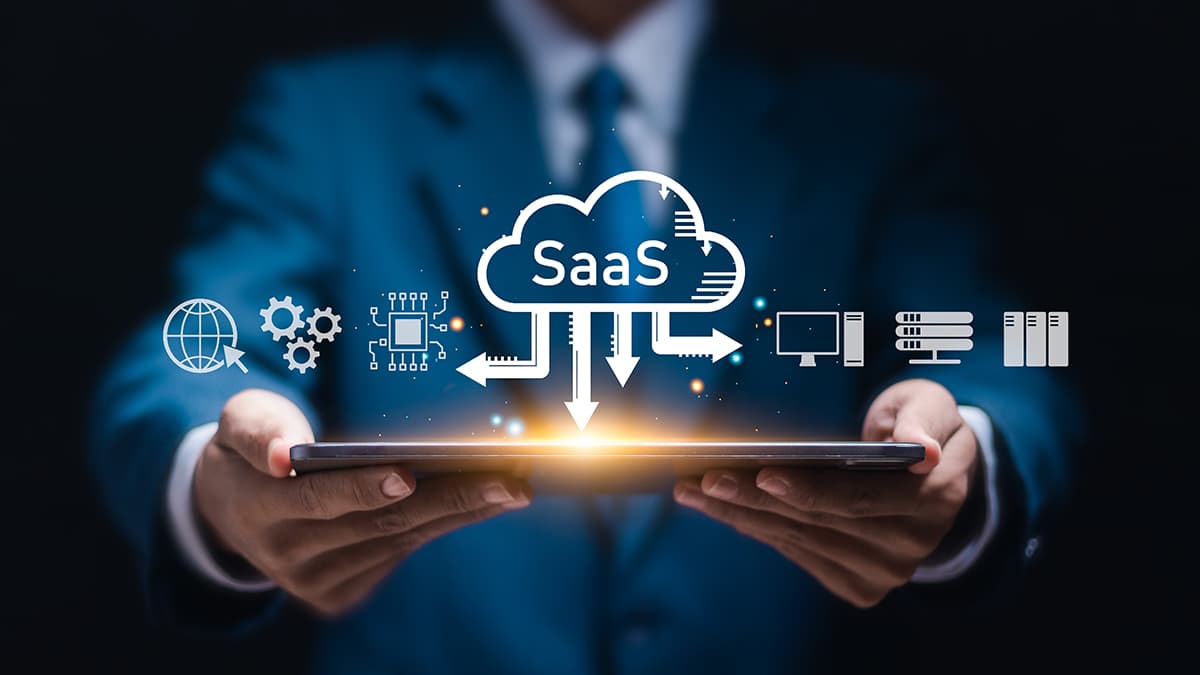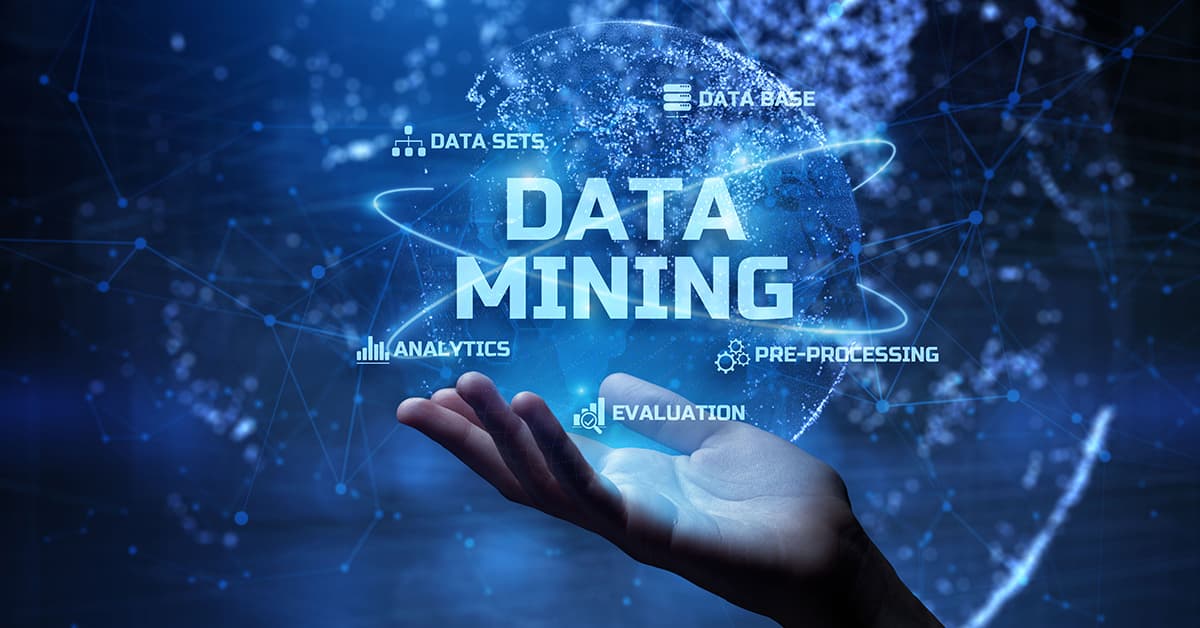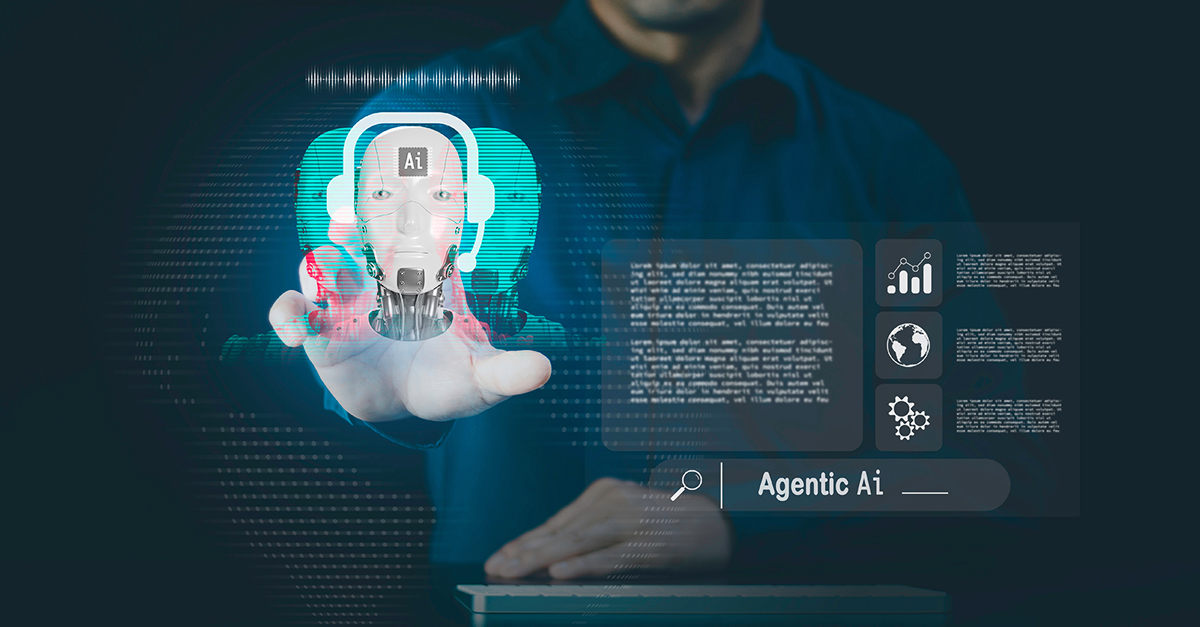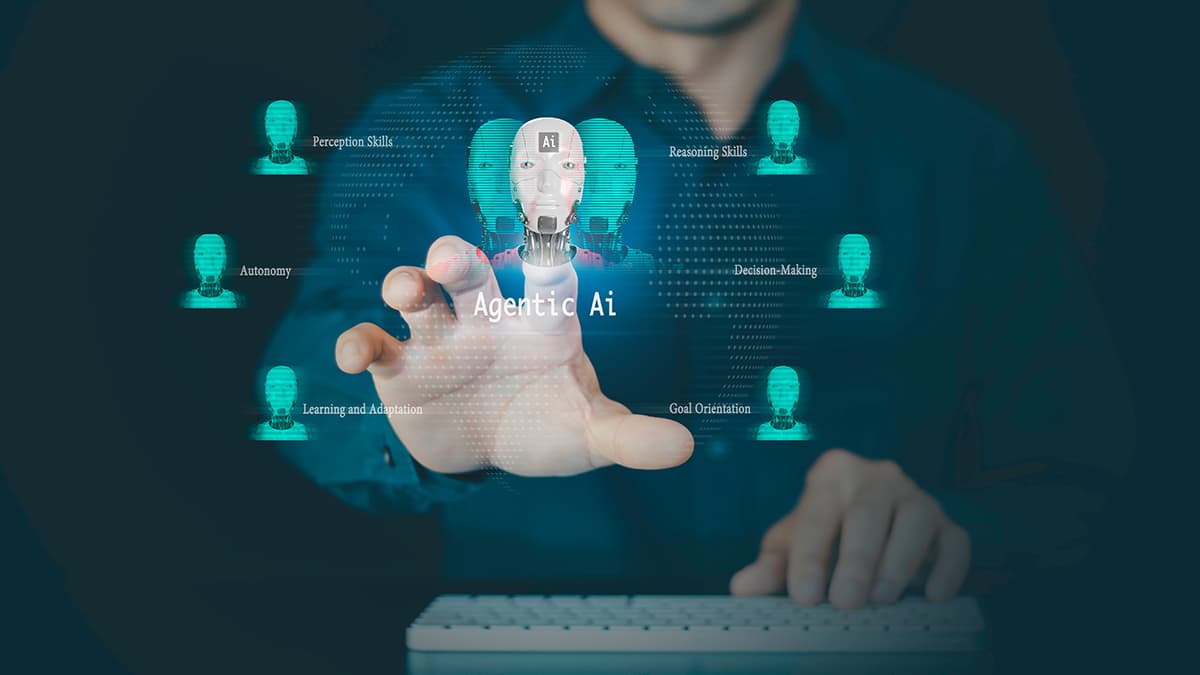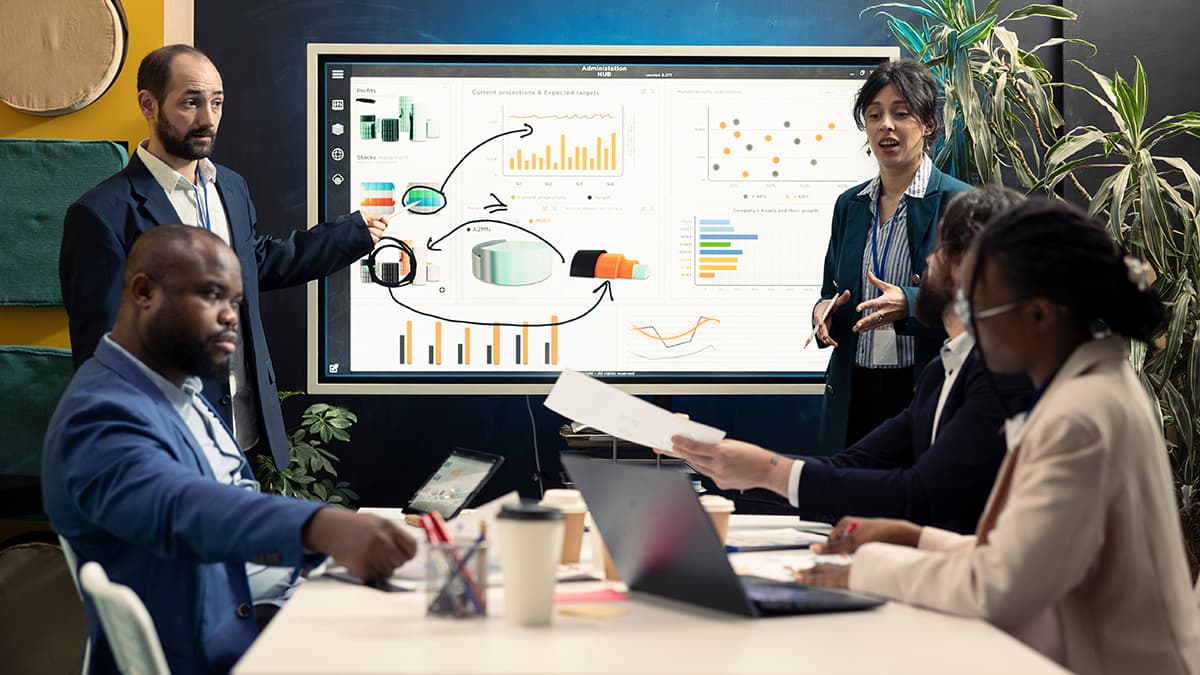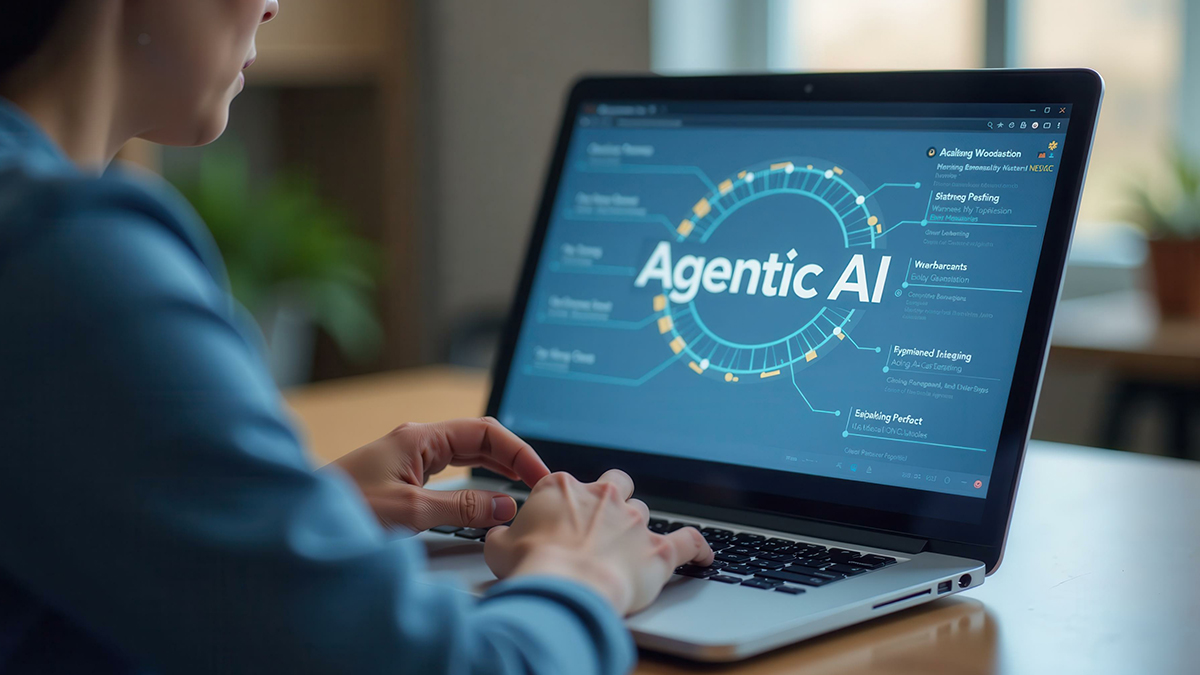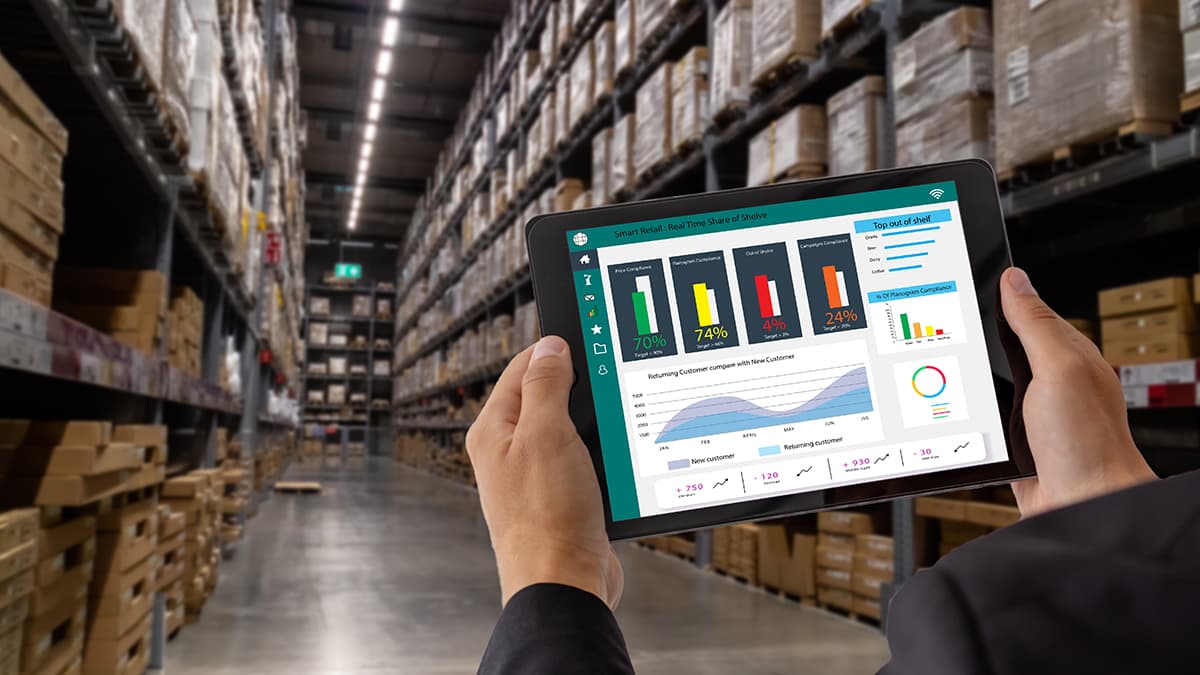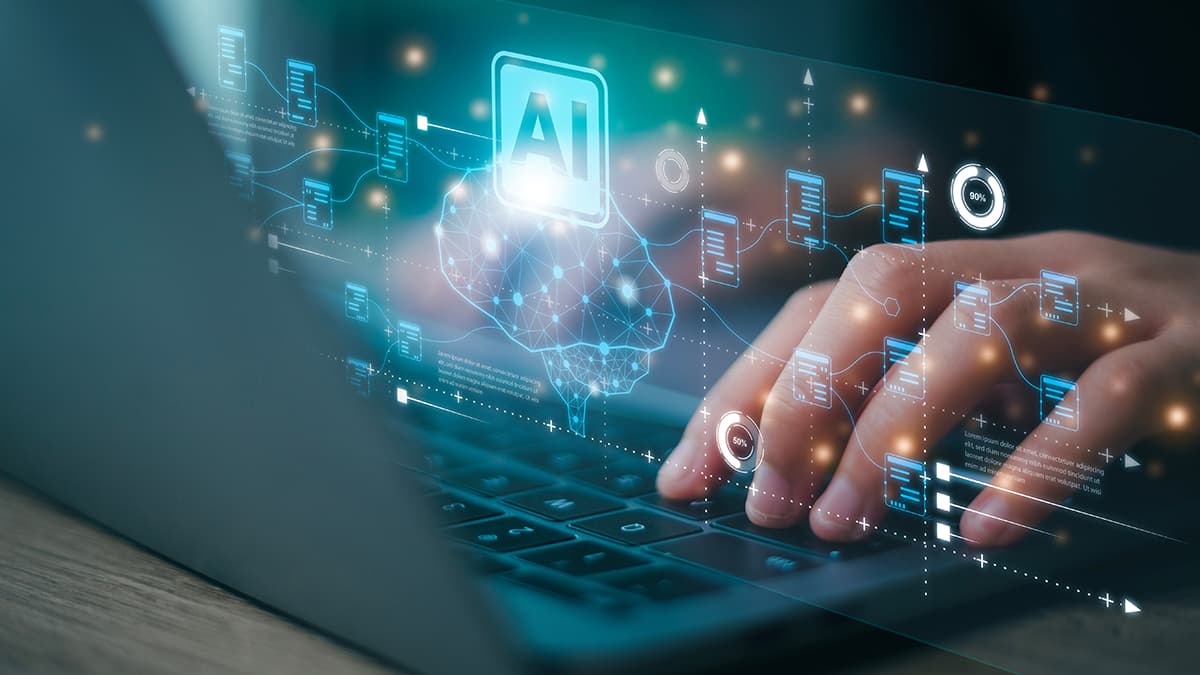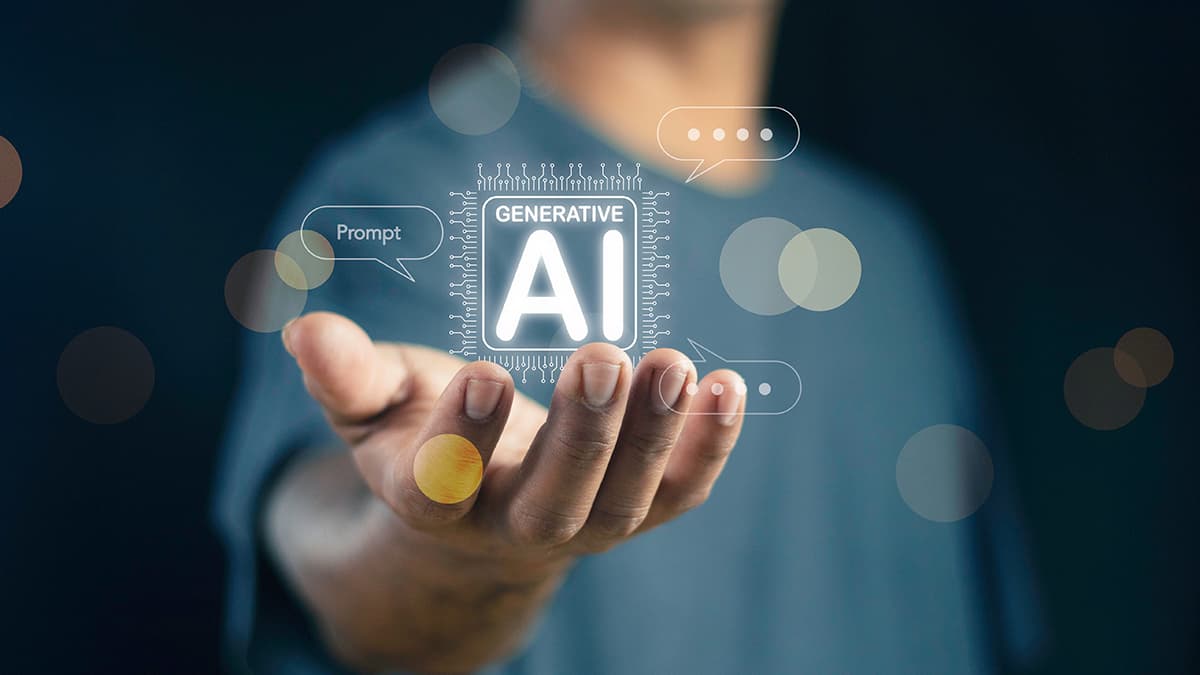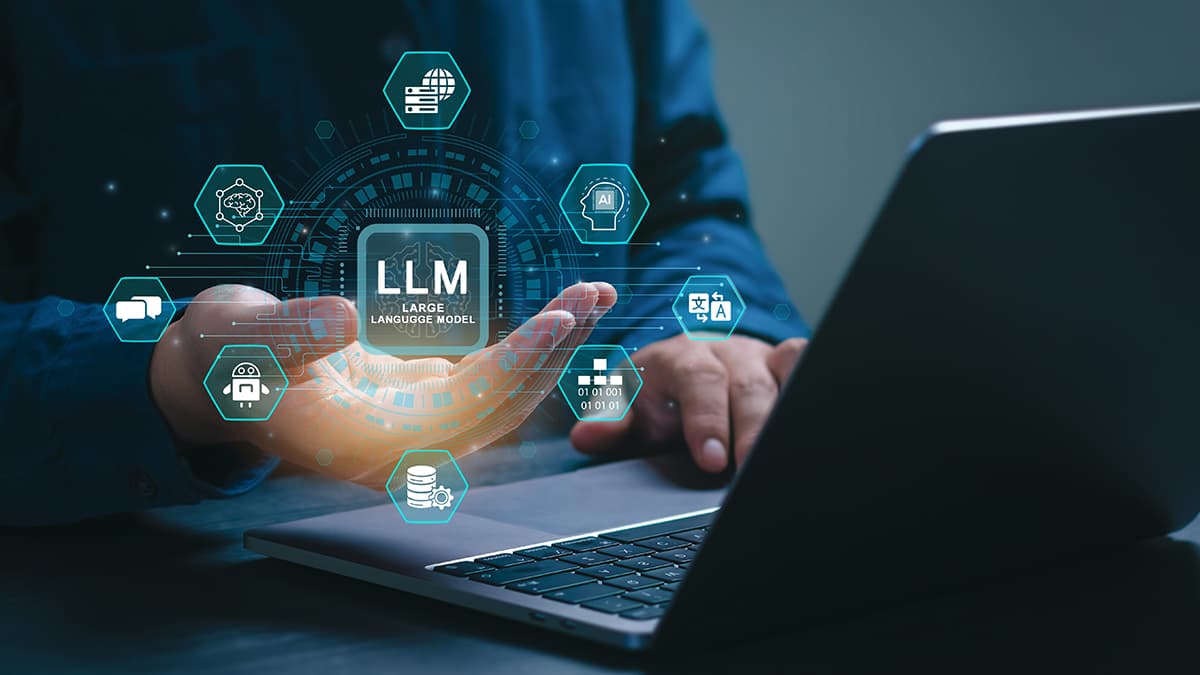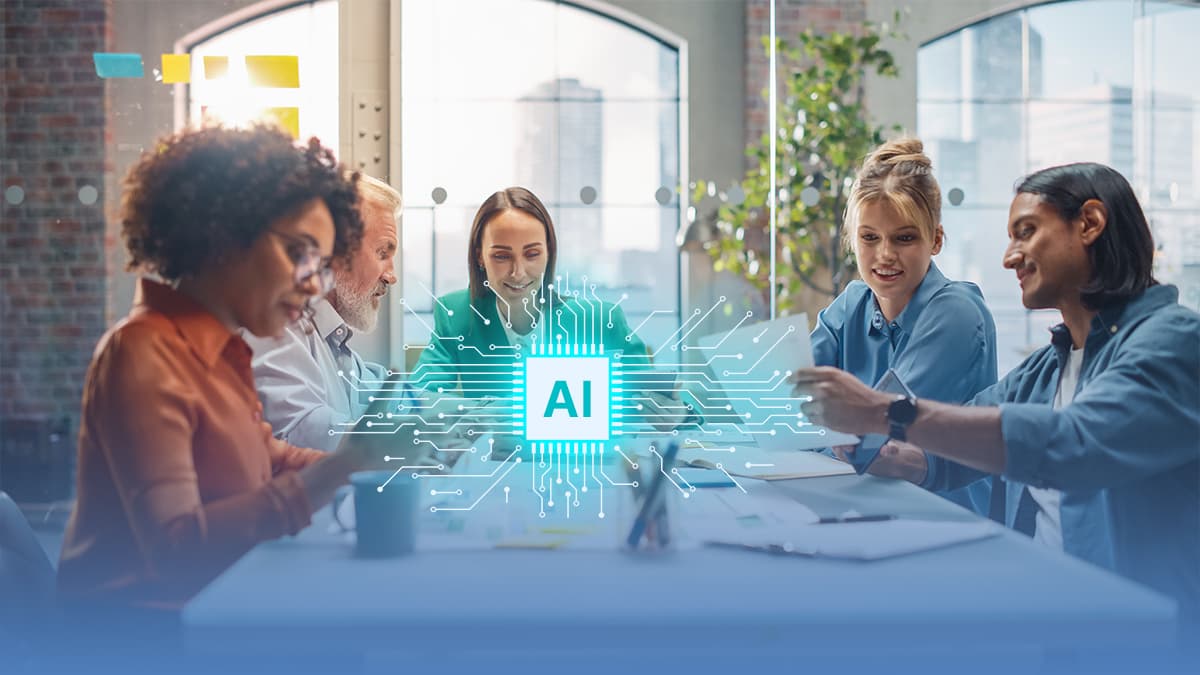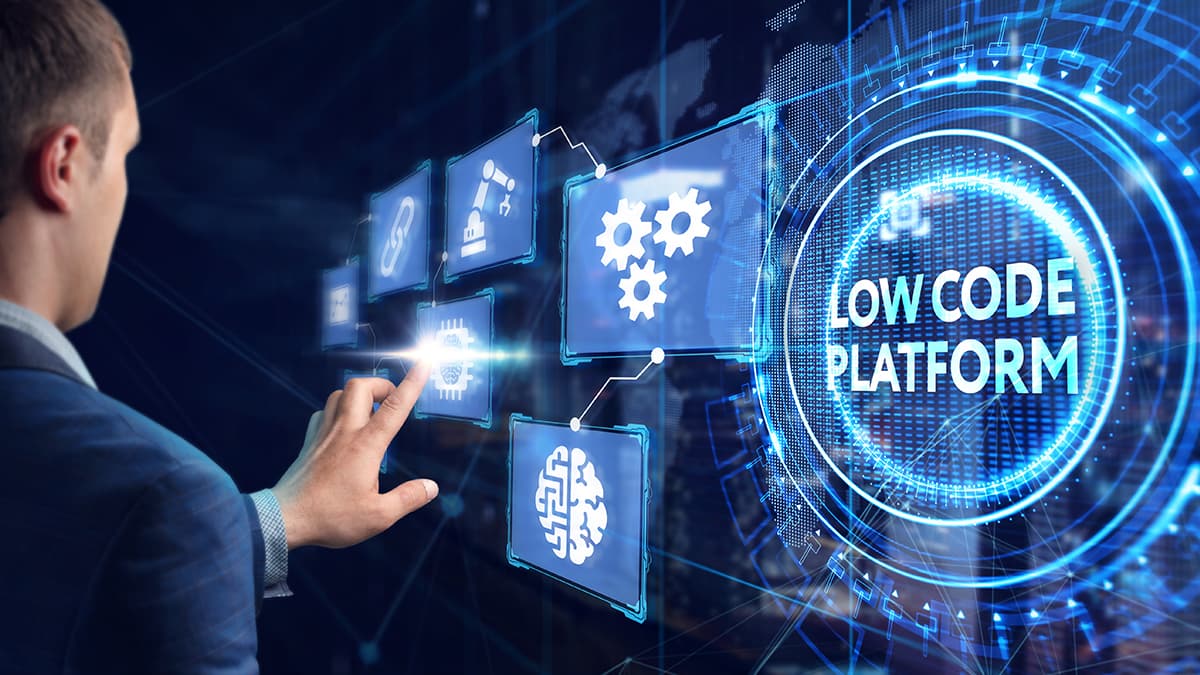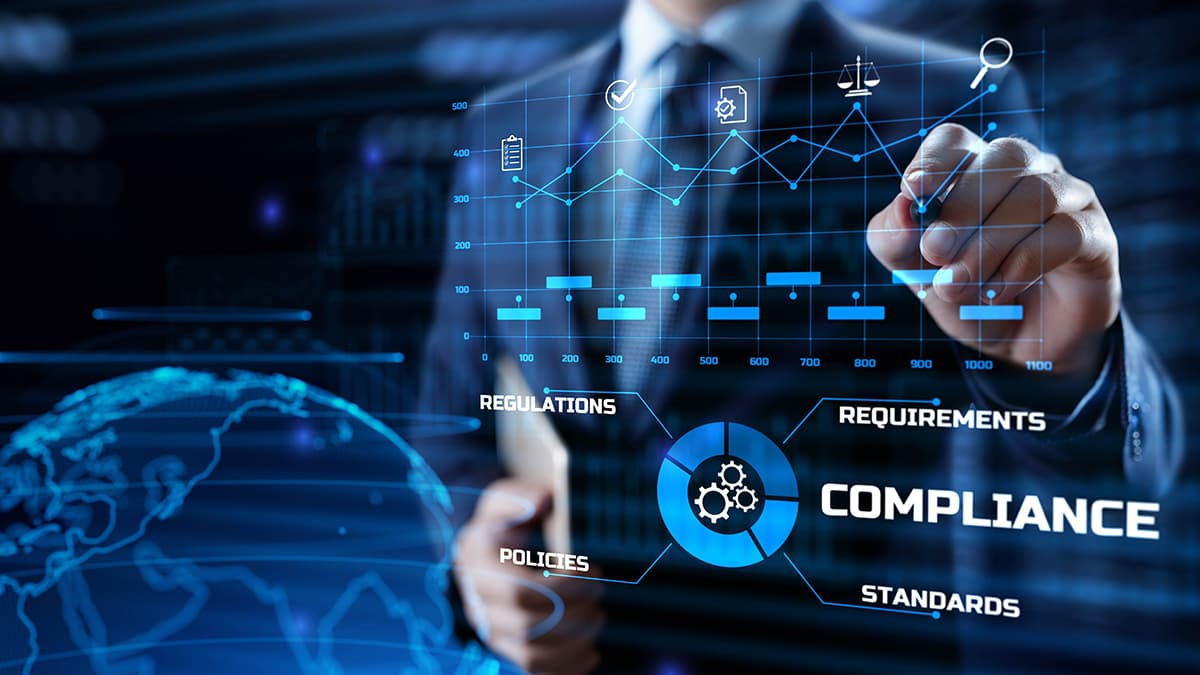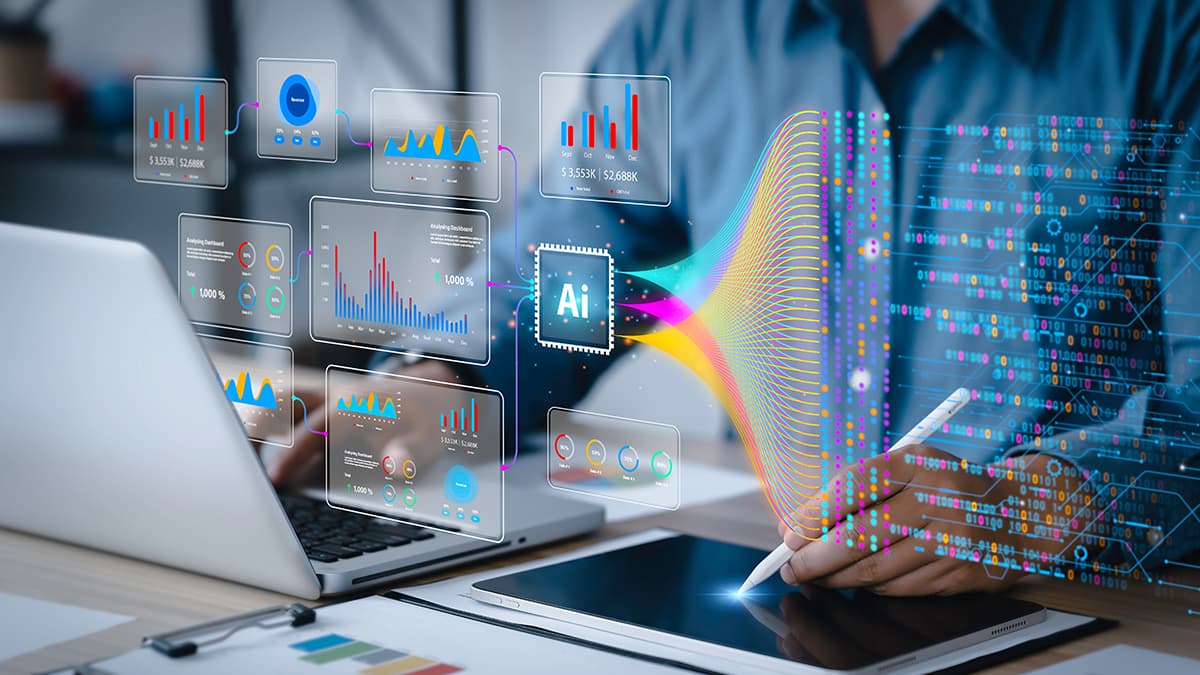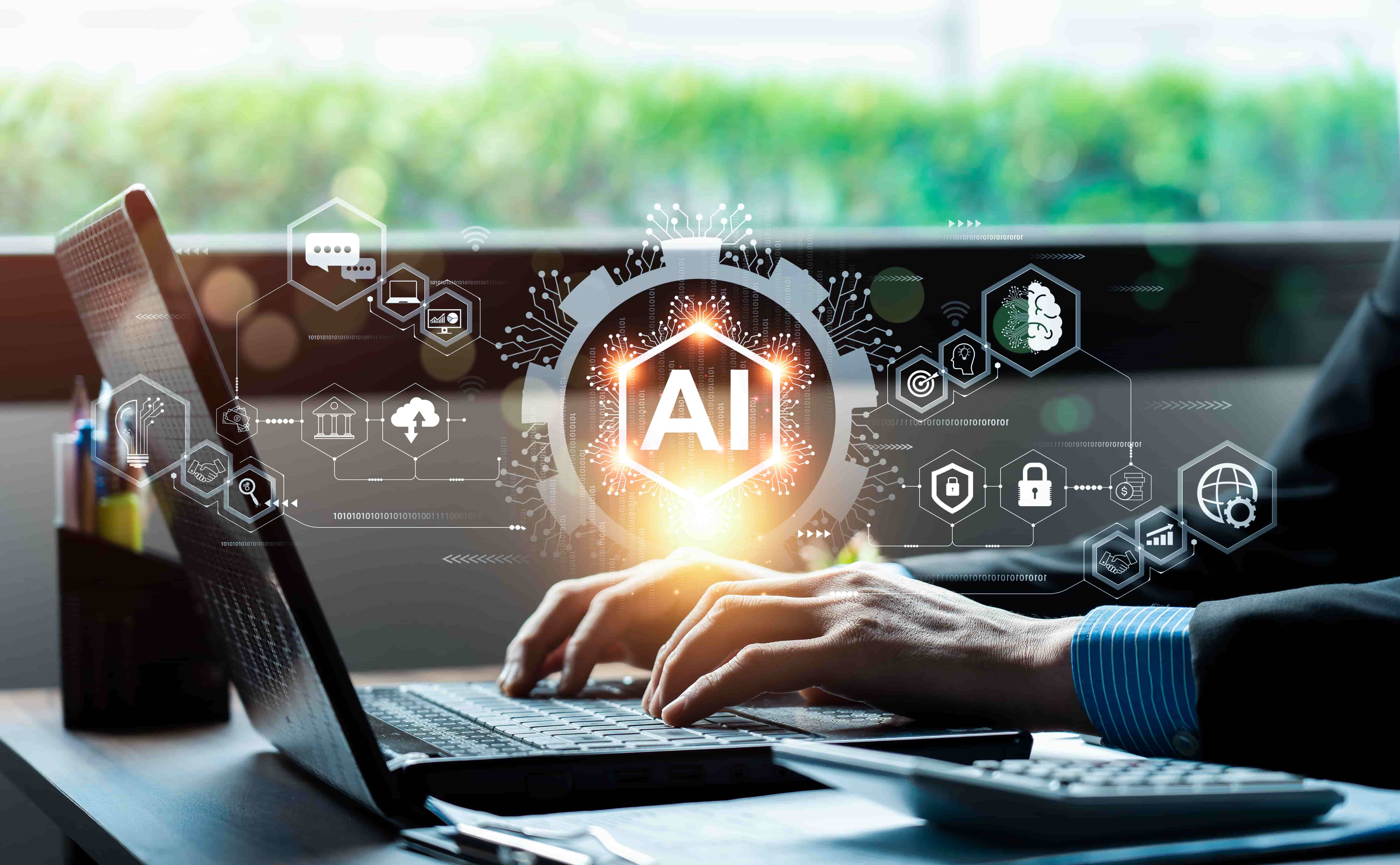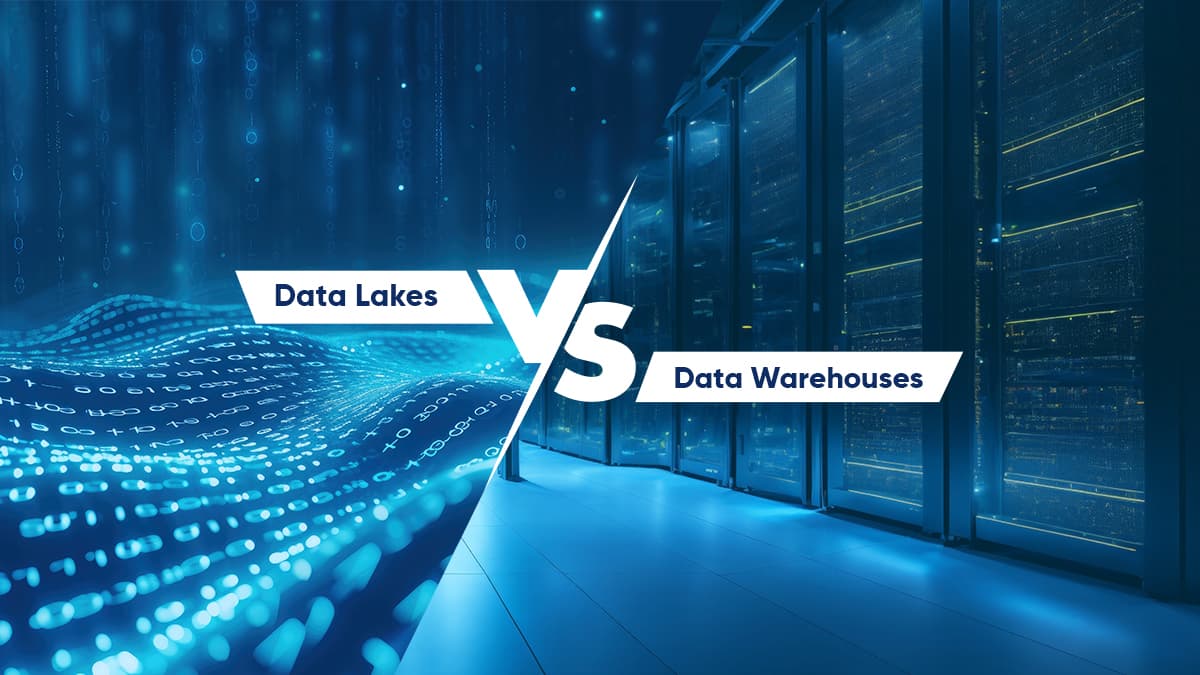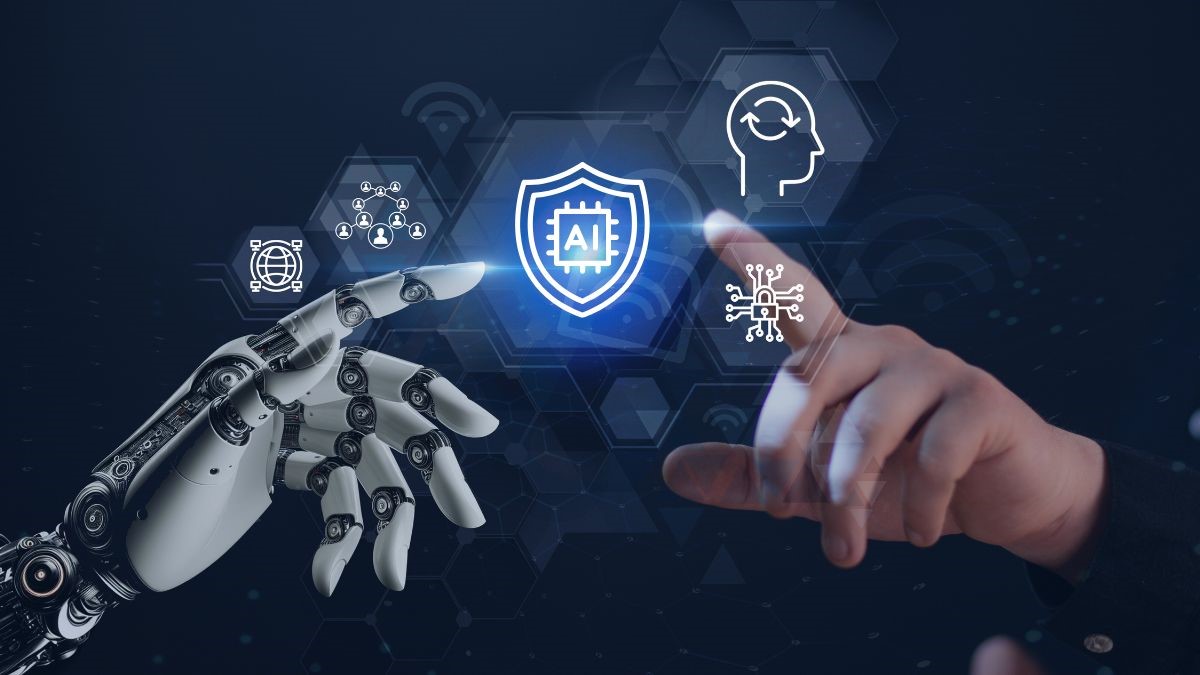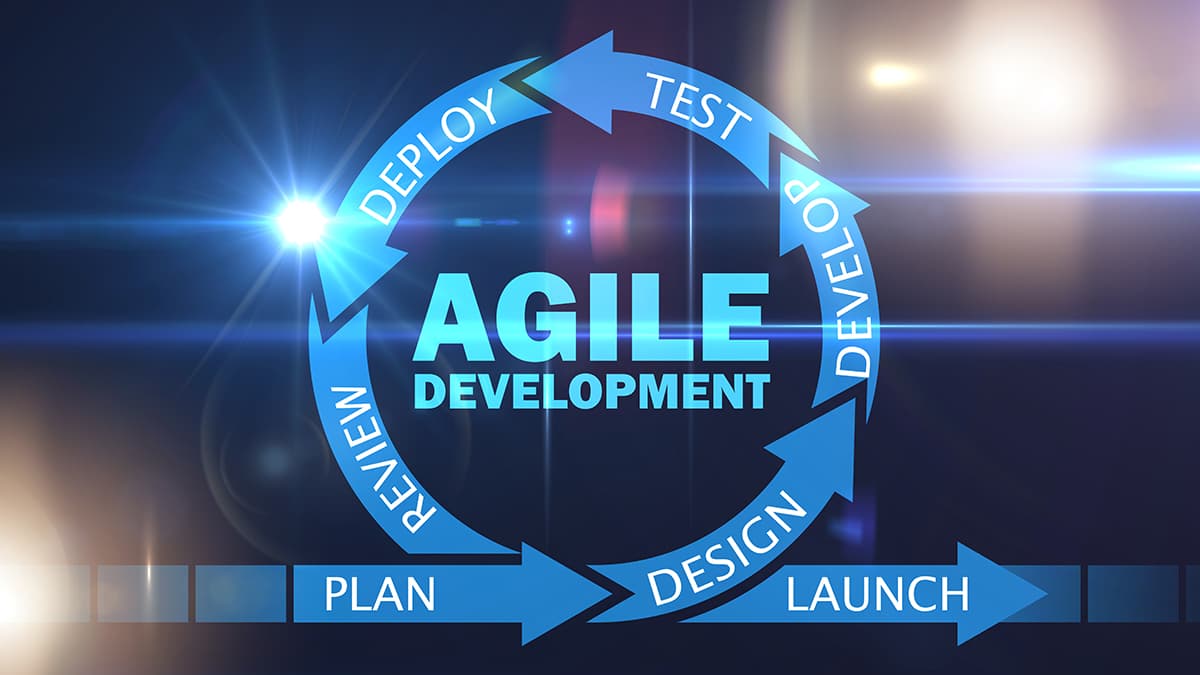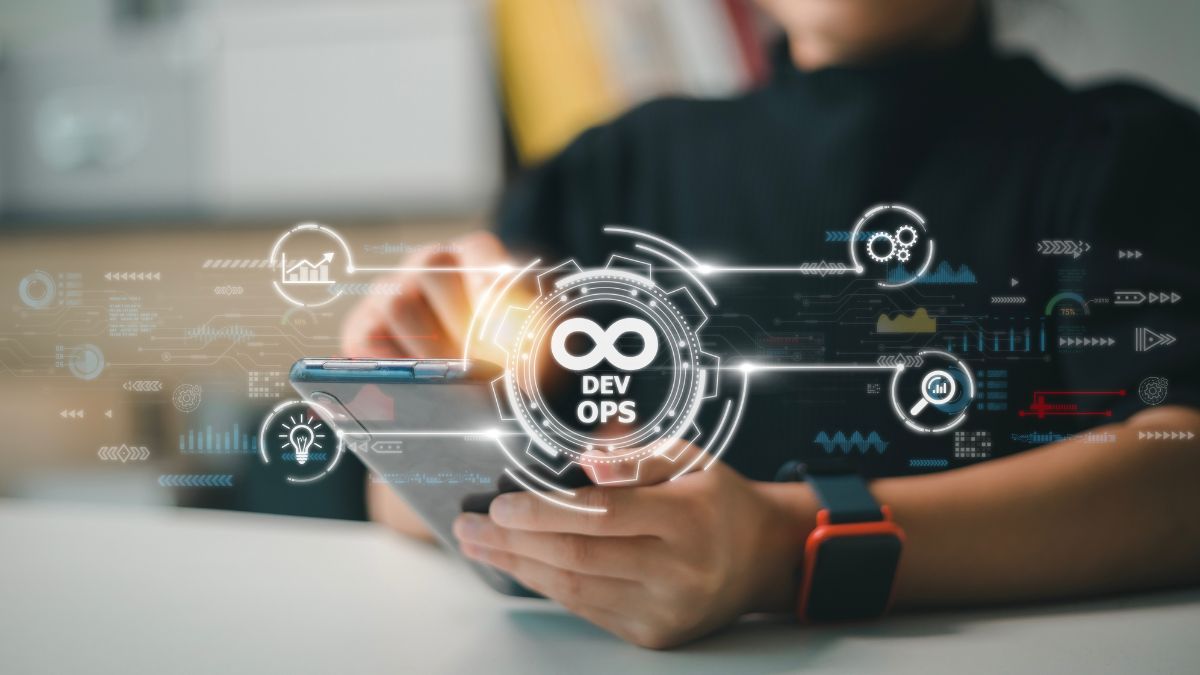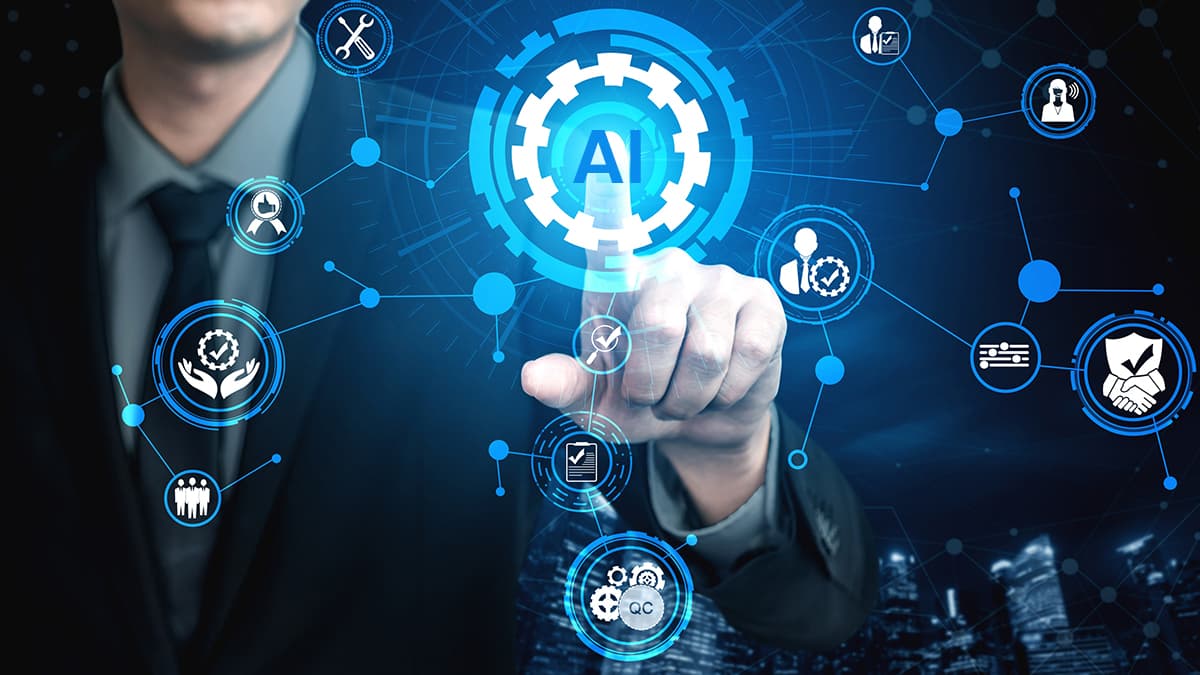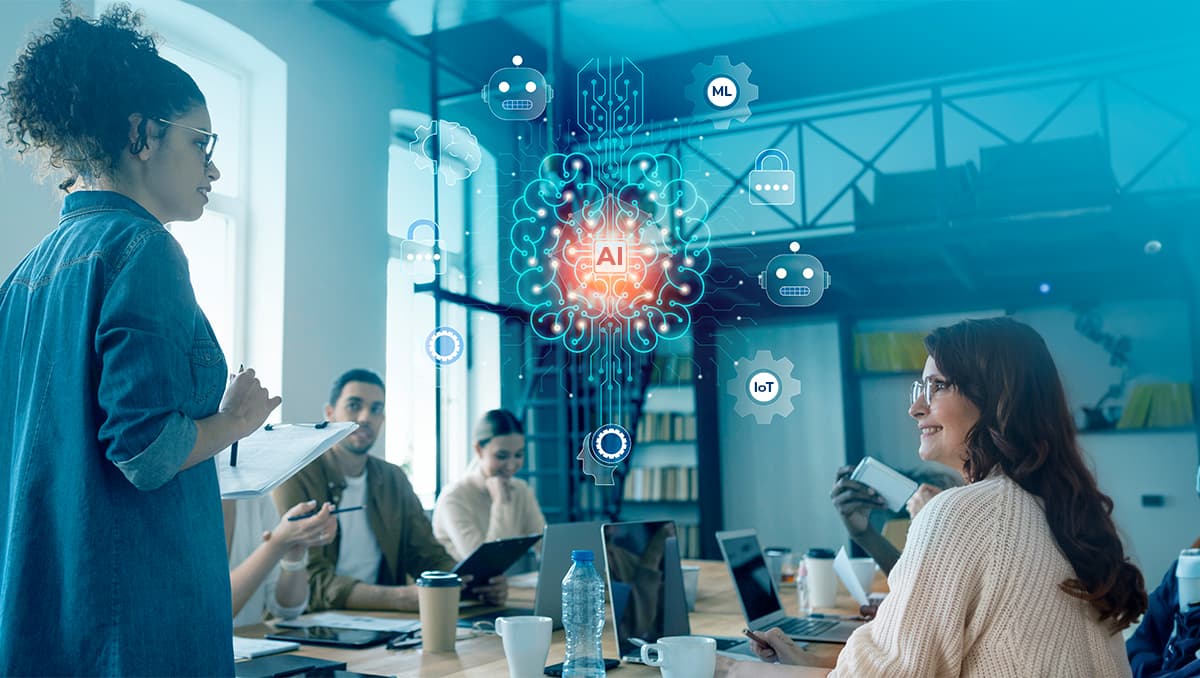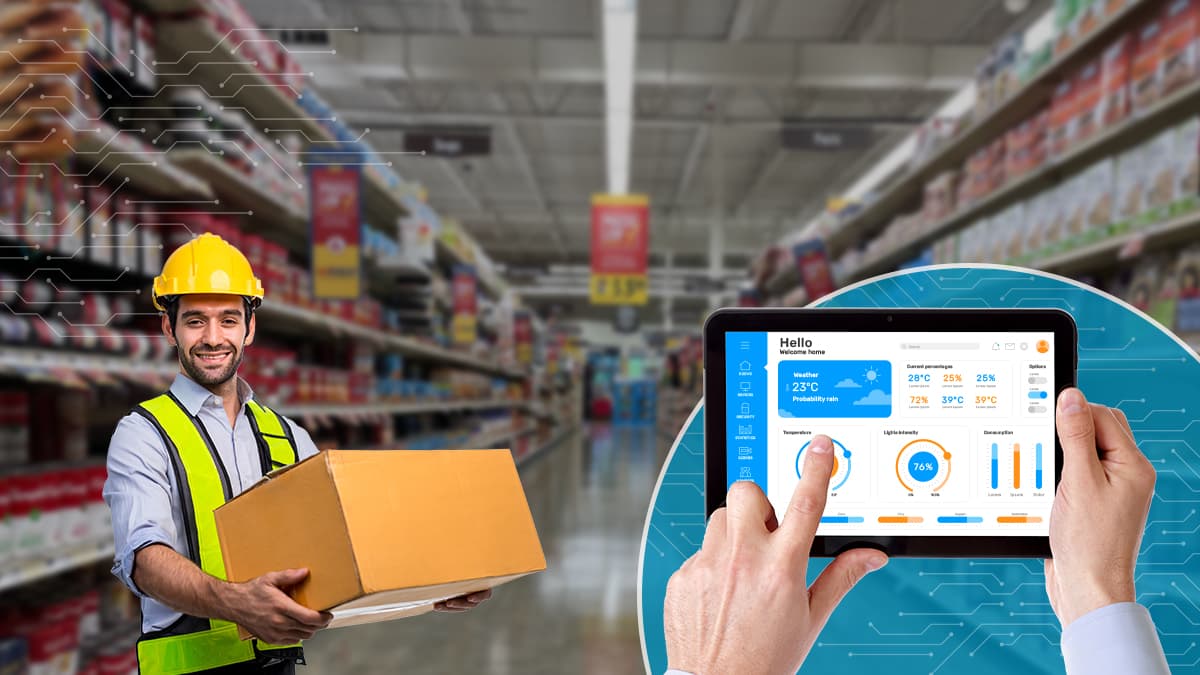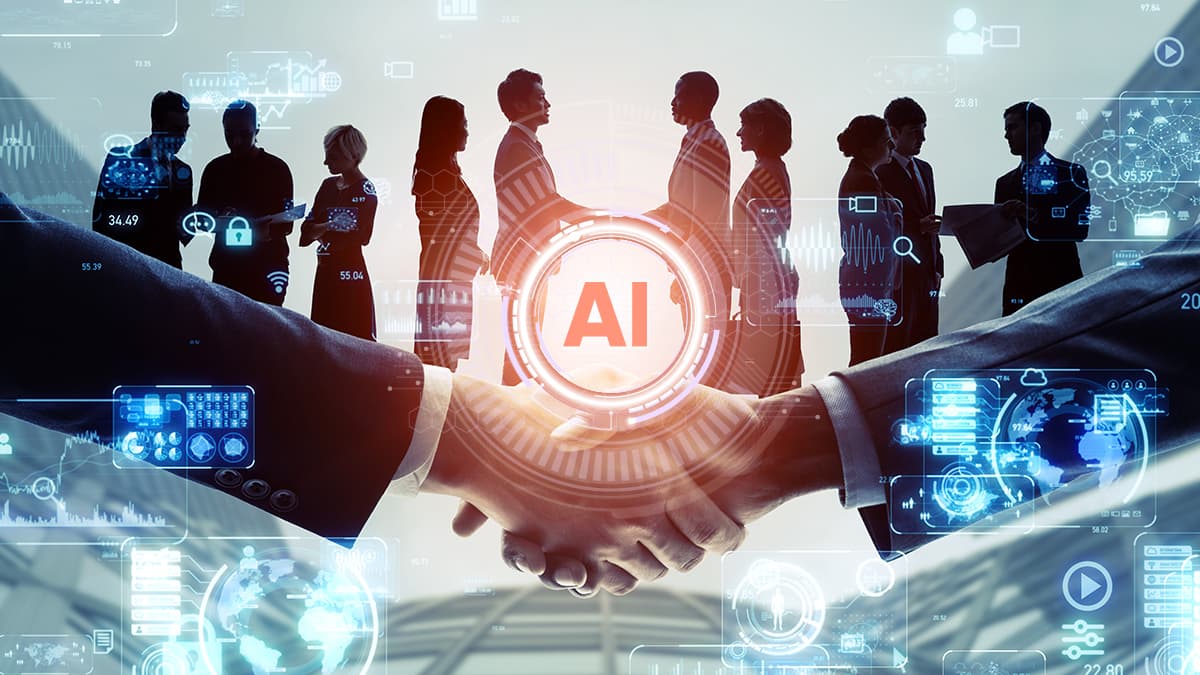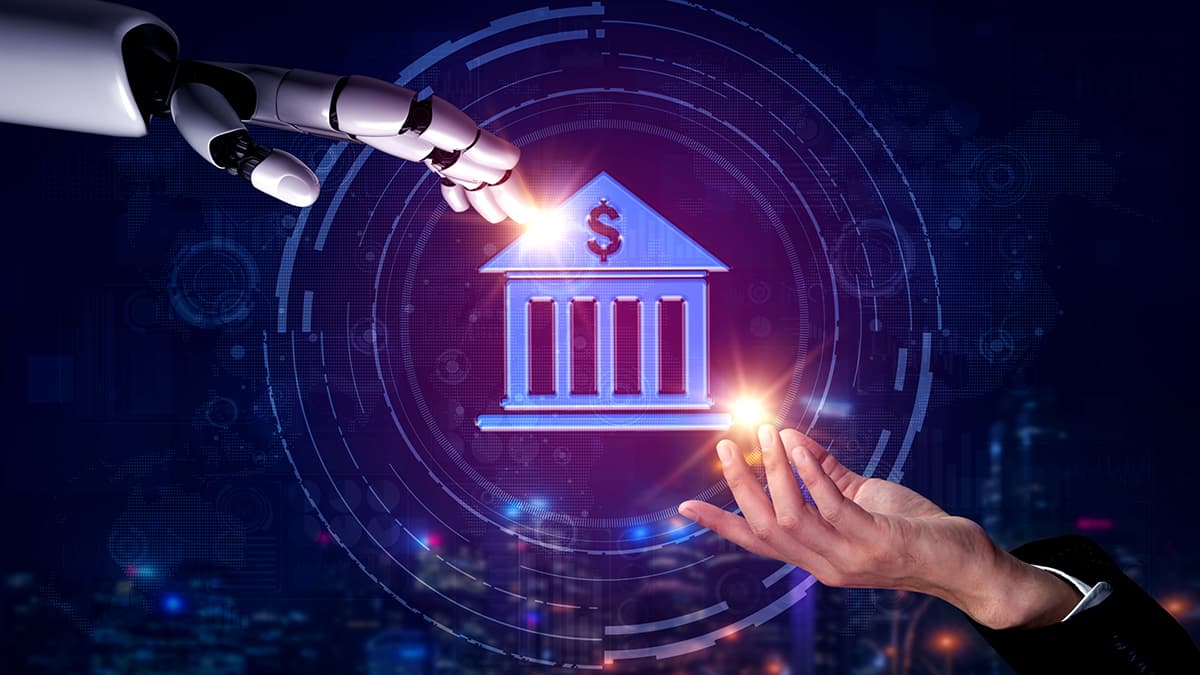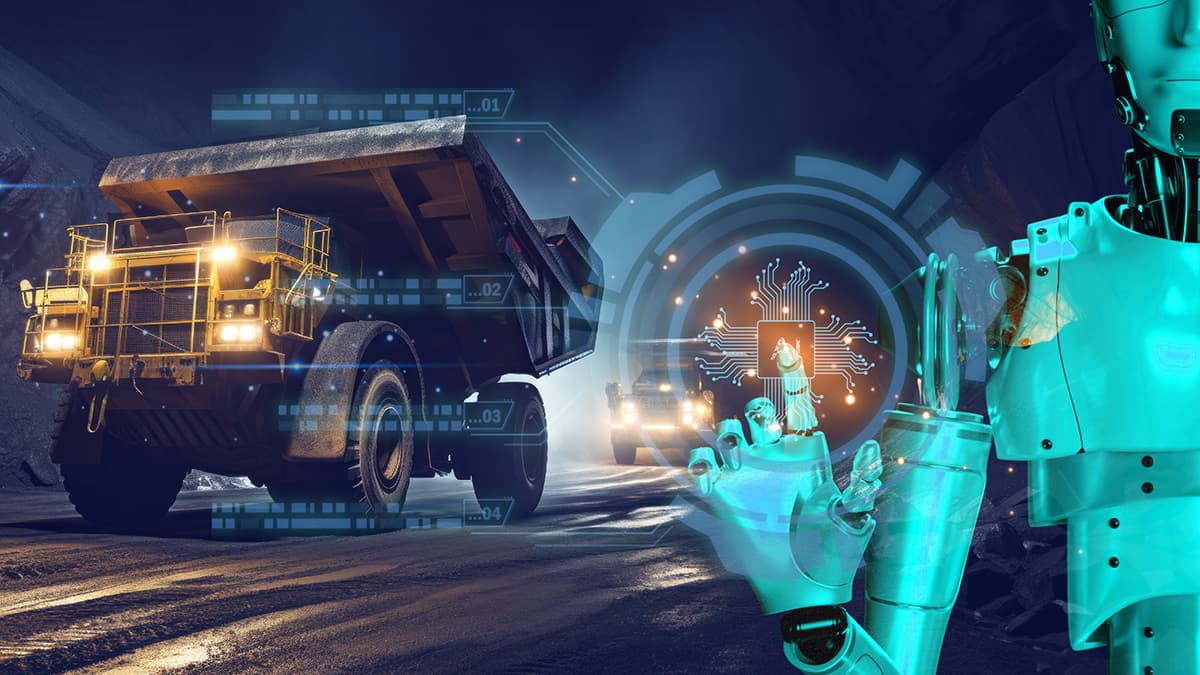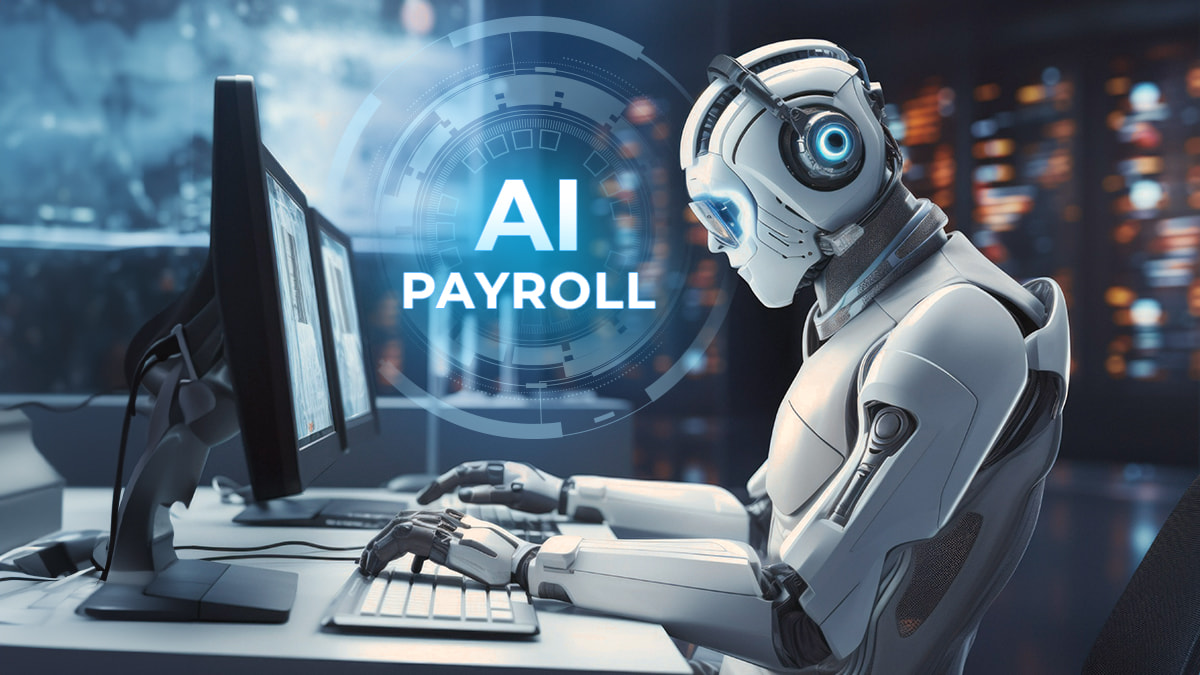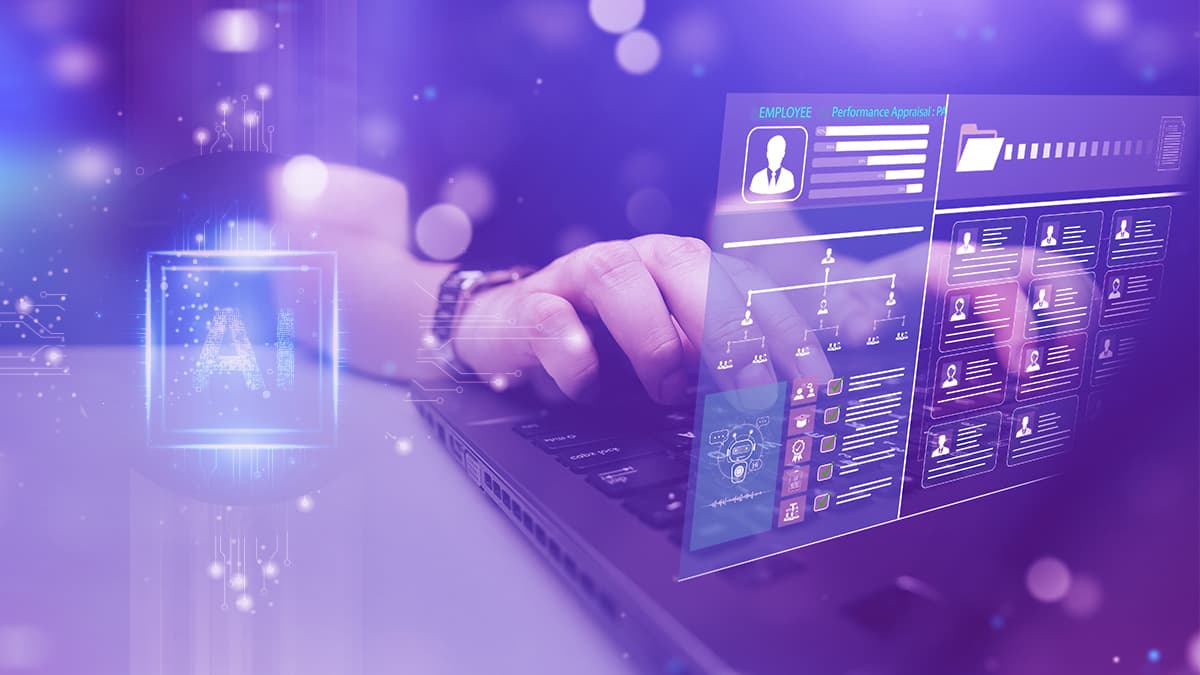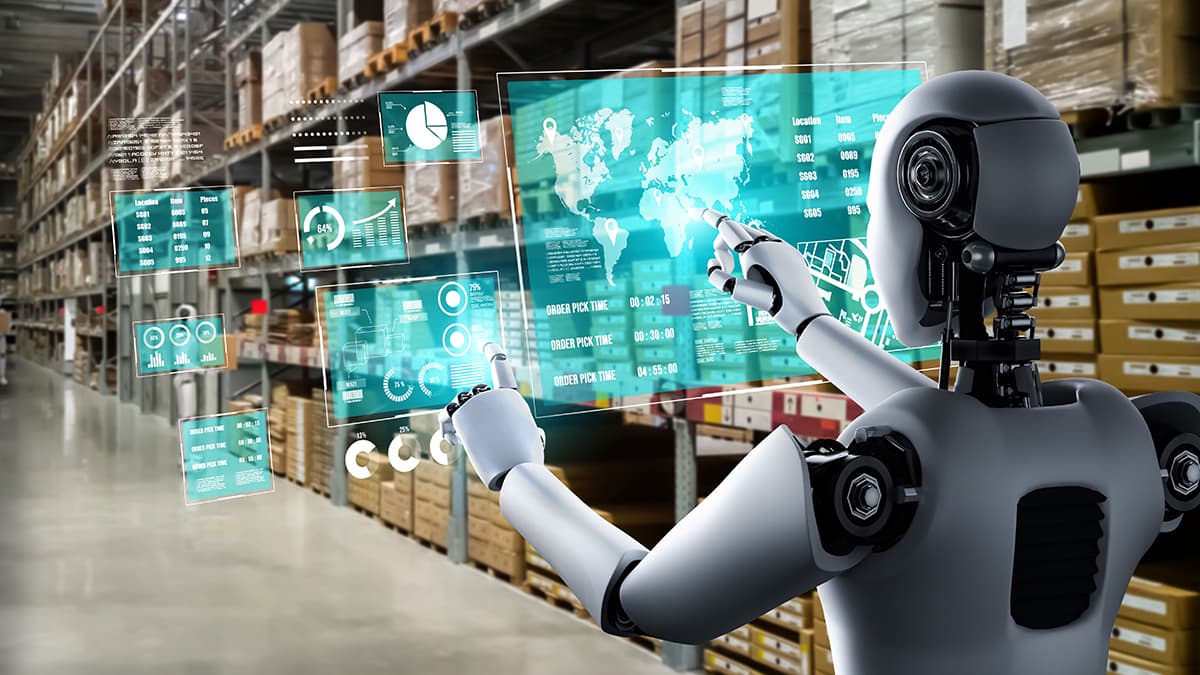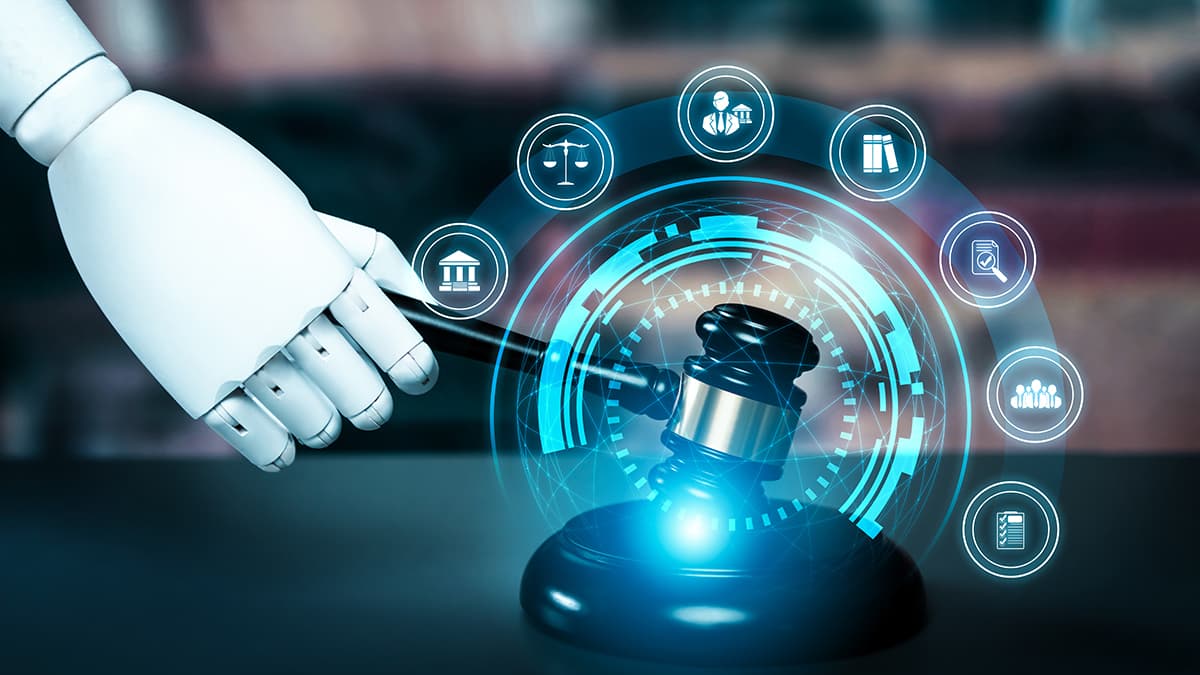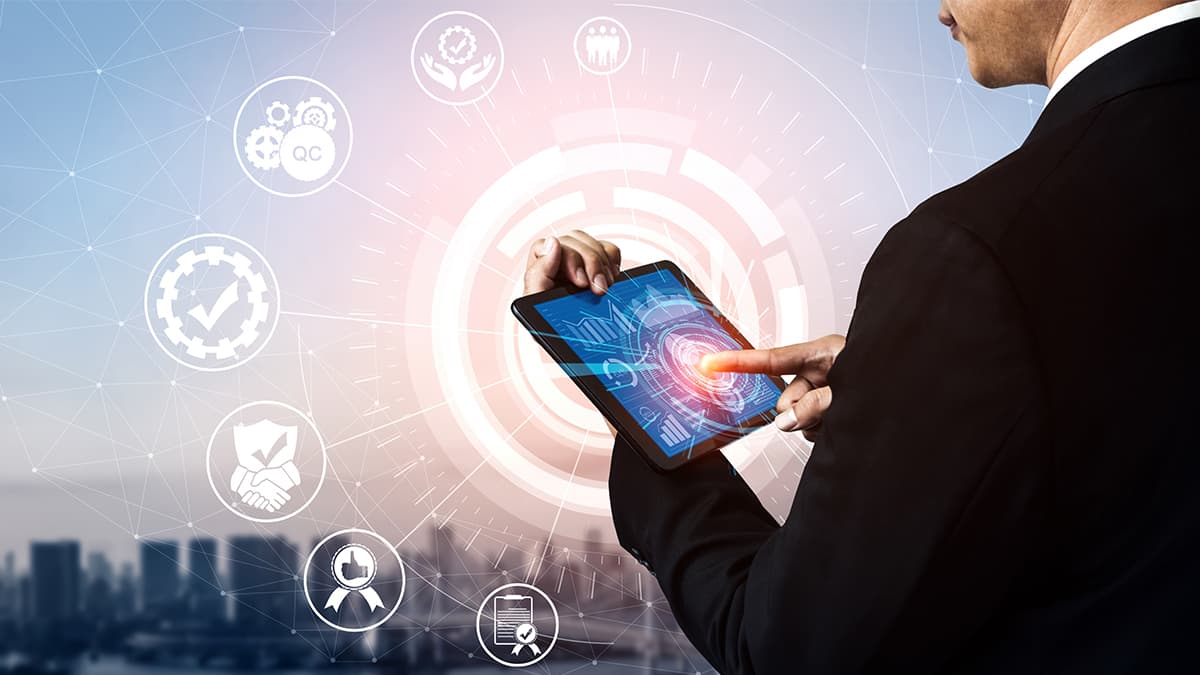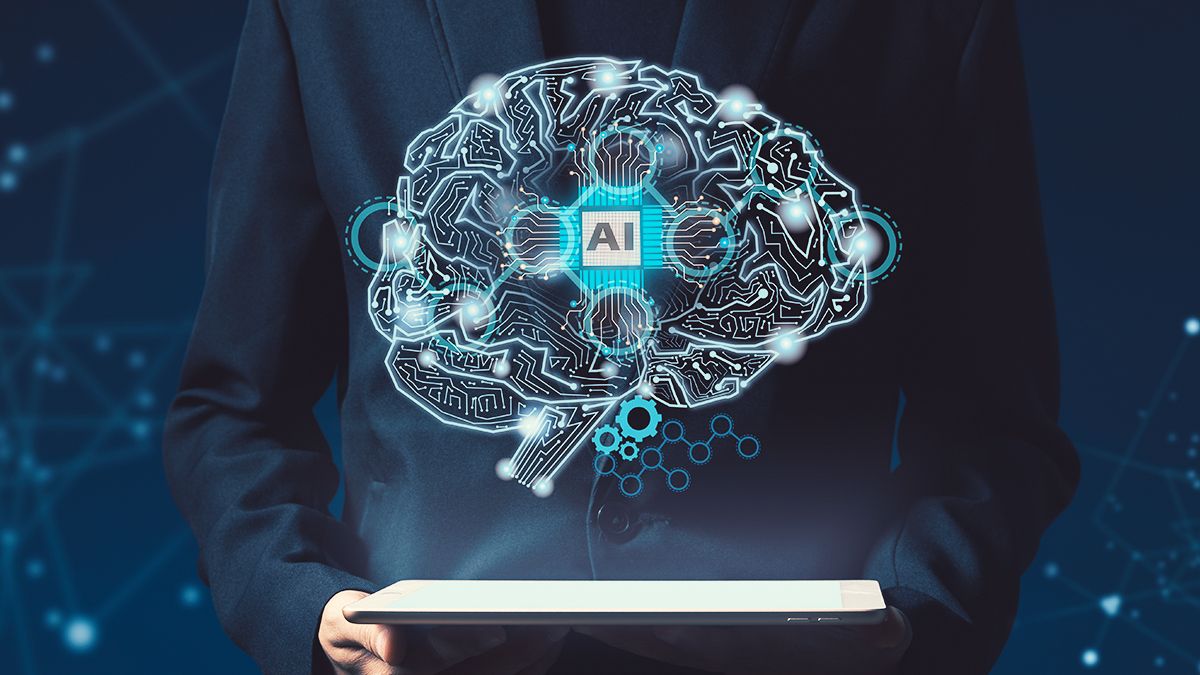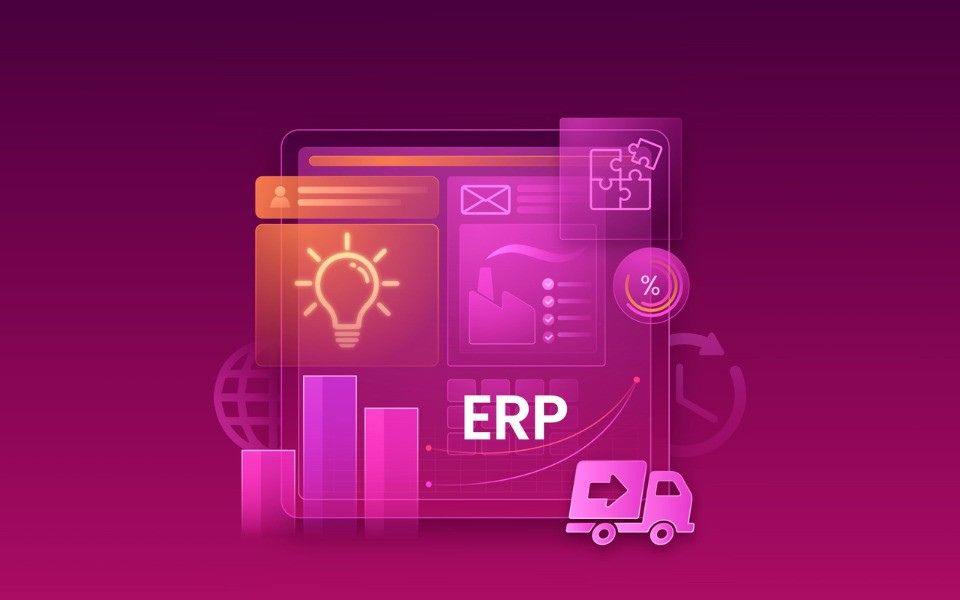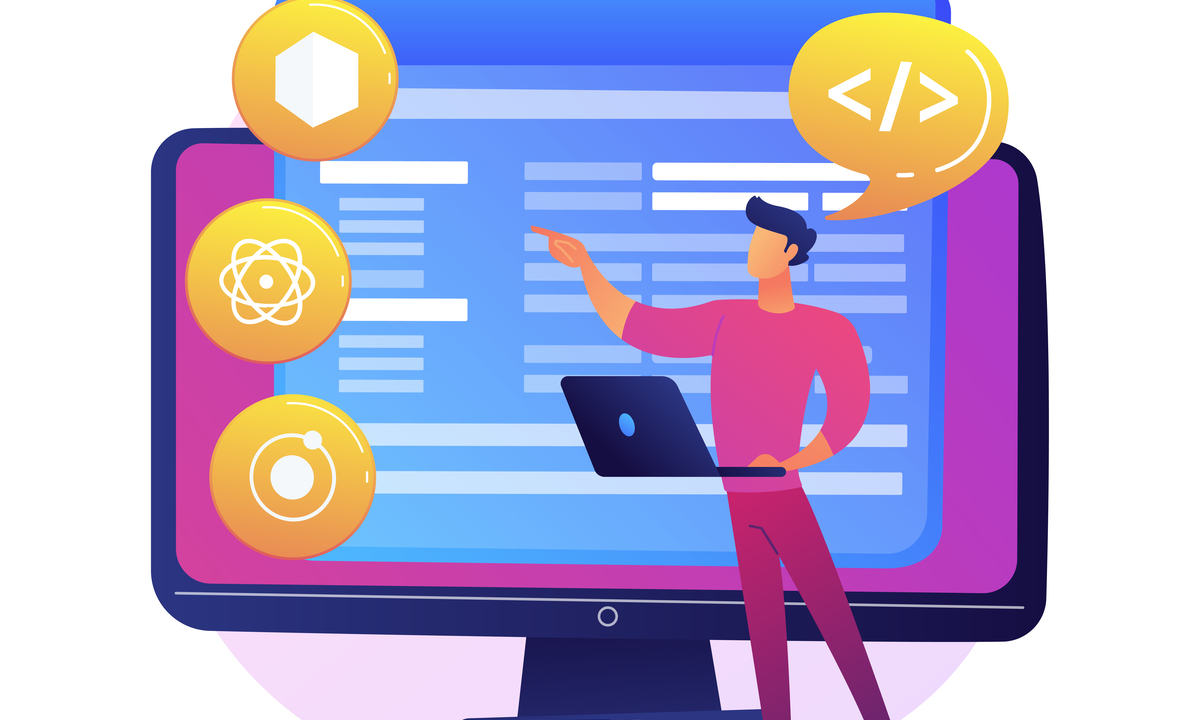
The enterprise software world stands at a pivotal crossroads. When Microsoft CEO Satya Nadella recently suggested that artificial intelligence could replace traditional application layers by embedding business logic directly at the database level, it wasn't just another tech prediction – it was a glimpse into a fundamental restructuring of how we build, deploy, and consume software.
For decades, we've built software applications following a familiar pattern: user interfaces talking to middleware, which in turn communicates with databases through carefully crafted APIs. This architecture gave birth to the SaaS (Software-as-a-Service) model we know today – subscription-based, cloud-hosted applications serving millions of businesses worldwide. But what if this entire paradigm is about to be upended?
_(1)_1735192491.jpeg)
The AI-Native Architecture Revolution
The emergence of sophisticated AI systems suggests a radically different approach to software architecture. Instead of complex application layers mediating between users and data, imagine AI systems directly interpreting user intent and executing business logic at the database level. This isn't just a technical optimization – it's a fundamental reimagining of how software works.
Consider the implications:
First, the traditional UI-middleware-database stack could become obsolete. Rather than navigating through pre-defined interfaces and workflows, users might interact with their data through natural language, gesture controls, or even neural interfaces. The rigid boundaries between applications could dissolve, replaced by fluid, AI-orchestrated workflows that adapt in real-time to user needs.
Second, the business model of SaaS itself might need reinvention. The subscription-based model, predicated on access to specific application features, might give way to usage-based pricing for AI-driven capabilities. Companies might pay for the intelligence and efficiency of their workflows rather than access to specific software tools.
The Marketplace Evolution
_1735192525.jpeg)
Perhaps most significantly, this shift could reshape the entire software marketplace. The app store model, which has dominated software distribution for over a decade, might evolve into something entirely different – perhaps a marketplace for AI workflows and capabilities rather than standalone applications. Developers might focus on training AI models and defining business logic rather than building traditional user interfaces.
This transformation won't be without challenges. Questions about data security, AI reliability, and user control will need addressing. How do we ensure AI systems make appropriate decisions when executing business logic? How do we maintain transparency and auditability in AI-driven workflows? These are crucial considerations as we move toward this new paradigm.
For businesses, this shift presents both opportunities and risks. Early adopters might gain significant competitive advantages through more efficient, adaptable operations. However, organizations heavily invested in traditional SaaS infrastructure might face difficult transitions.
Rather than viewing this as the "death" of SaaS, we might better understand it as an evolution – the next logical step in the journey of enterprise software. Just as cloud computing transformed on-premise software into SaaS, AI might transform traditional SaaS into something new: perhaps "Intelligence-as-a-Service" or "Cognitive-as-a-Service."
Forward-thinking organizations should begin preparing for this transition. This might involve:
1. Evaluating current software architectures for AI readiness
2. Investing in data quality and accessibility
3. Exploring natural language and conversational interfaces
4. Building expertise in AI and machine learning
5. Rethinking software budgets and ROI calculations
While traditional SaaS might be approaching its twilight, what's emerging could be far more powerful and transformative. The fusion of AI with enterprise software isn't just changing how we interact with applications – it's redefining what an application is. As we stand on the brink of this transformation, one thing is clear: the future of enterprise software will be more intelligent, more adaptive, and more closely aligned with human intent than ever before.
At CSM Tech, we work on shaping the future with our data engineering practices. Talk to us about your challenges with data, decision-making and process engineering today: www.csm.tech/contact-us/
Want to start a project?
Get your Free ConsultationOur Recent Blog Posts

© 2025 CSM Tech Americas All Rights Reserved


